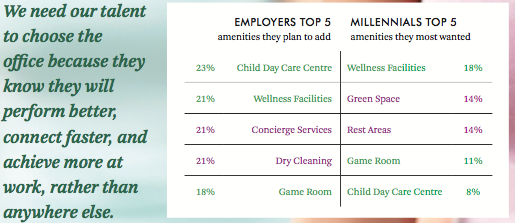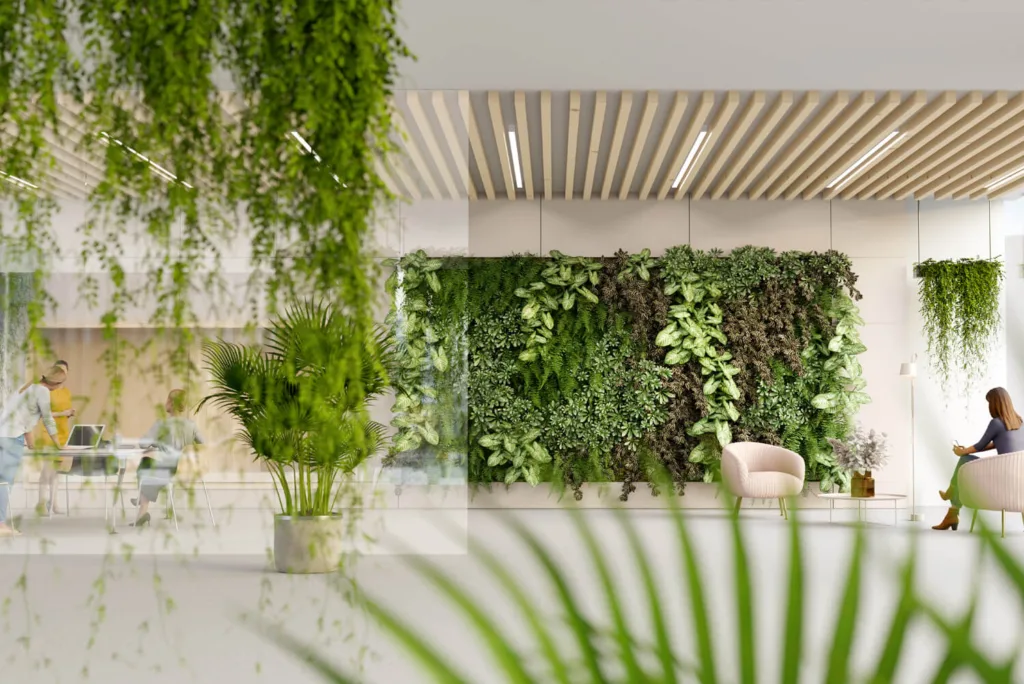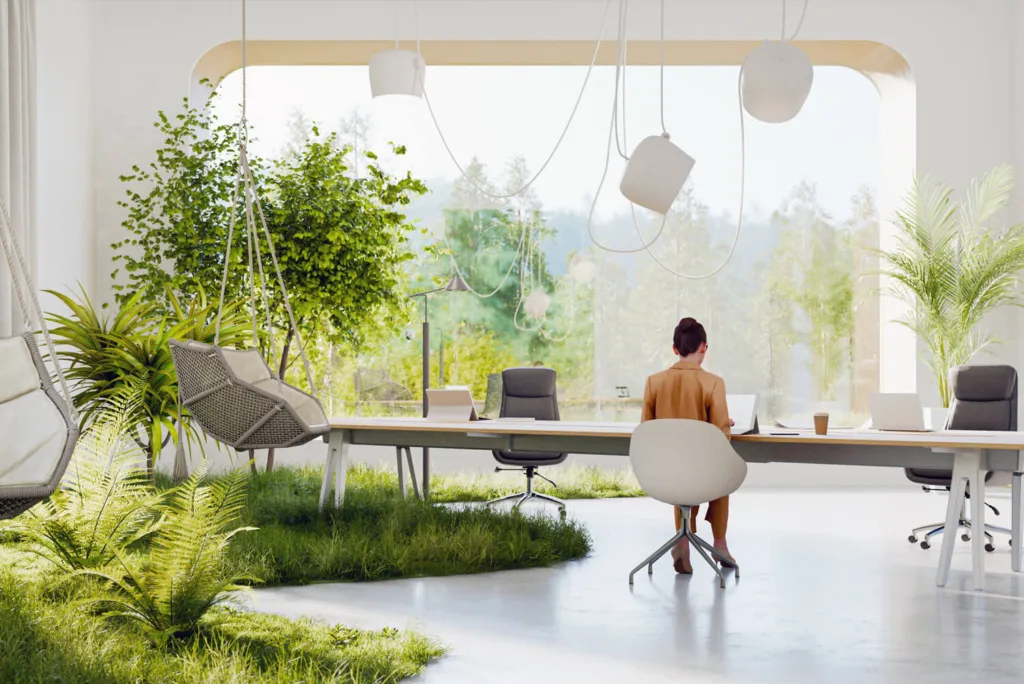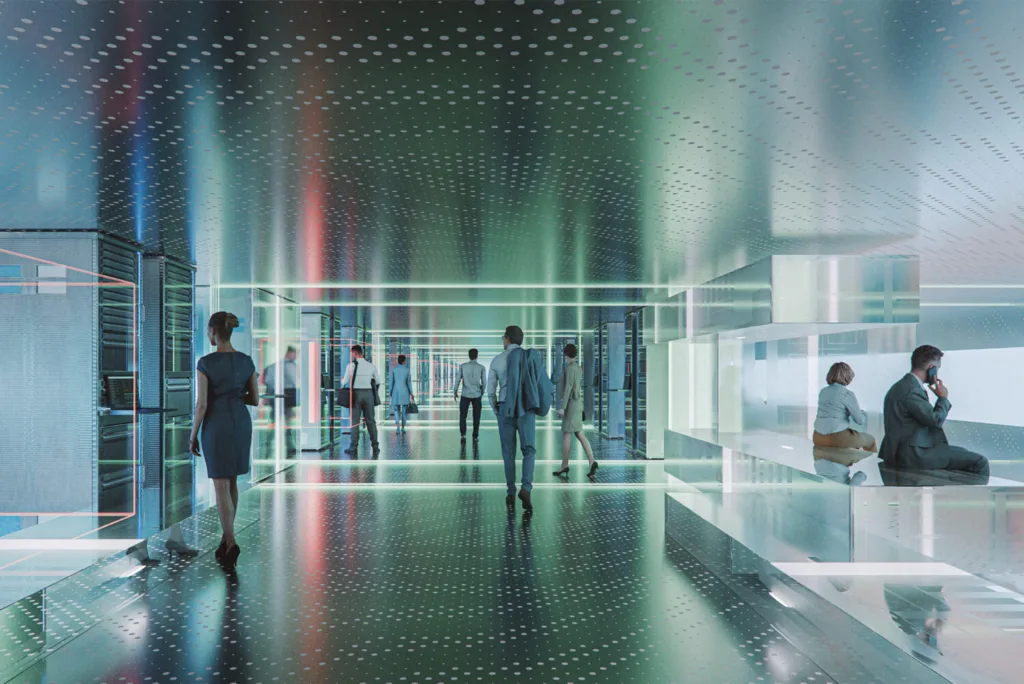Asset managers and property owners in today’s commercial real estate industry face an unprecedented challenge; the way people work is changing rapidly. The internet is transforming every major industry, and connectivity has led to the rise of flexible working environments and schedules.
If this “challenge” ahead of the CRE space had a mascot, it would be the millennial. The most tech-savvy and highly educated workforce ever, millennials will represent 50% of the global workforce in 2020 and 75% by 2025.
Brian Koop, EVP at Boston Properties, believes the next era in CRE will usher in the “age of the operator” – meaning the most successful firms will shift their emphasis from capital and physical property owners (the deal makers) to focus on how well a property runs and operates for tenants.
If you agree that we’re entering the age of the operator, then you must realize that in the battle to win it, tenant experience is the front line. It will be the companies that develop and foster the best CRE user experience that will get ahead. Remember that Uber doesn’t own a single car, and Airbnb doesn’t own a single apartment – what they do own is their user experience, and it has redefined traditional industries.
On the surface, the key stakeholders from both sides of the tenant experience equation are almost comically different. On one side, you have asset managers and property owners, who have built businesses around and staked their future on physical assets. On the other side are millennials, where 72% of the population have prioritized experiences over owning material things.
Fortunately, where there is challenge, there is opportunity. The CRE professionals who evolve their assets along with the changing population and embrace the idea of the “connected tenant” have a chance to win big in the age of the operator.
So, let’s cover the major trends the industry is reporting with respect to what millennials look for in an office experience, investigate the emergence of co-working spaces, and how embracing tenant experience can create tenant loyalty.
What Tenants Want
Fundamental to the idea of creating workplaces that attract people is understanding the people themselves. Amenities are wonderful, but only if people actually use them – so what is it that tenants actually want? Well, it’s complicated, and often, employers get it wrong.
CBRE published research in 2017 about the way millennials work and how their employers (your tenants) are reacting. Based on a survey of 20,000 millennials across 12 different countries, CBRE ranked amenities:

Besides health & wellness and game rooms… (eye roll emoji face/face palm/collective groan), what they learned is that there is a clear disconnect between what employers and employees want. Successful workplaces and offices must focus on creating an open dialogue and communication between employees, their employers, and property managers around what really moves the needle with respect to the tenant experience.
No set of employees is the same nor is a set of tenants. Leading organizations realize workplace investment is an opportunity to differentiate yourself. If you want to create the optimal tenant experience, the key consideration is personalization and how you can drive specific behaviors that allow people to thrive at work.
It is worth mentioning, that health & wellness are clearly top of mind for both employers and millennials. This finding supports the idea that the millennial generation has a relatively strong commitment to health and well being. This is an obvious one for employers to enhance, because improving employee health can reduce healthcare costs and improve productivity and performance.
The Emergence of Co-working
The way co-working spaces have grown and evolved in the CRE market (whether you agree with the business model/valuation or not) is a useful example of the power of tenant experience. Co-working spaces, while still representing a very small percentage of the overall CRE space, are making huge waves in central business districts.
Just three years after entering London, WeWork has signed leases that will make it the city’s No. 1 private-sector user of office space, according to data compiled by CoStar Group Inc. On top of that, JLL predicts that 30% of corporate real estate portfolios will comprise flexible space – mostly co-working spaces.
WeWork runs on what they call a “space-as-a-service” model – meaning that tenants of all sizes can expect more from their landlords in terms of services, experience, and amenities. WeWork takes care of all your office needs so you can focus on your “hustle.” The point is, they are obsessed with tenant experience and engagement, from easy building access to the “terrifying efficiency” with which they slice fruit into the fruit water coolers that are on every floor, and it is working.
Embracing Tenant Experience to Create Tenant Loyalty
Additional research from CBRE found a few major tactics & trends landlords are using to crate tenant loyalty.
Help with the “Second Shift”
- The “second shift” refers to all of those little things we need to get done after or before work. By helping tenants accomplish these tasks and remove these annoyances, we can free up more time for them to focus on the task at hand. Accordingly, some landlords provide a “hotel style professional” who can run errands, organize home repairs, and even organize children’s birthday parties!
Tech Savvy
- Landlords use technological advancements to differentiate their office buildings and promote themselves as a tech-forward destination for tenants – particularly TAMI tenants (technology, advertising, media and information technology companies). High rated broadband connectivity and tenant engagement software have become huge recruiting tools.
Co-creation of Space & Service
- Landlords used to “set and forget” leases for five years or more but the tenant-landlord relationship has morphed into a partnering and co-creating for mutual benefit. Closer collaboration between these two parties can even lead to co-creation of spaces that are of mutual benefit to the building (meeting & event rooms, co-working spaces to handle employee fluctuation, etc).
Community & Connection
- Landlords are producing websites and apps that connect tenants, landlords, and retailers to the building community and precinct in which it sits. Community managers are being employed at office buildings to ensure your coffee is ready when you arrive, that you’re aware of the new salad special in the café, and to help you book a free fitness class.
If the broad objective of the asset manager is to maximize property value and investment returns, then tenant loyalty through improved tenant experience is the key to success for the asset manager. Creating an incredible tenant experience mitigates risks while promoting valuable improvements to your building.
The key to tenant experience is adapting with the millennial workforce and the way work has changed. This reality is why successful asset managers are seen as entrepreneurial; history of the CRE space tells us that the managers who make the best entrepreneurial decision with financial capital tend to be rewarded with higher profits and larger portfolios.


